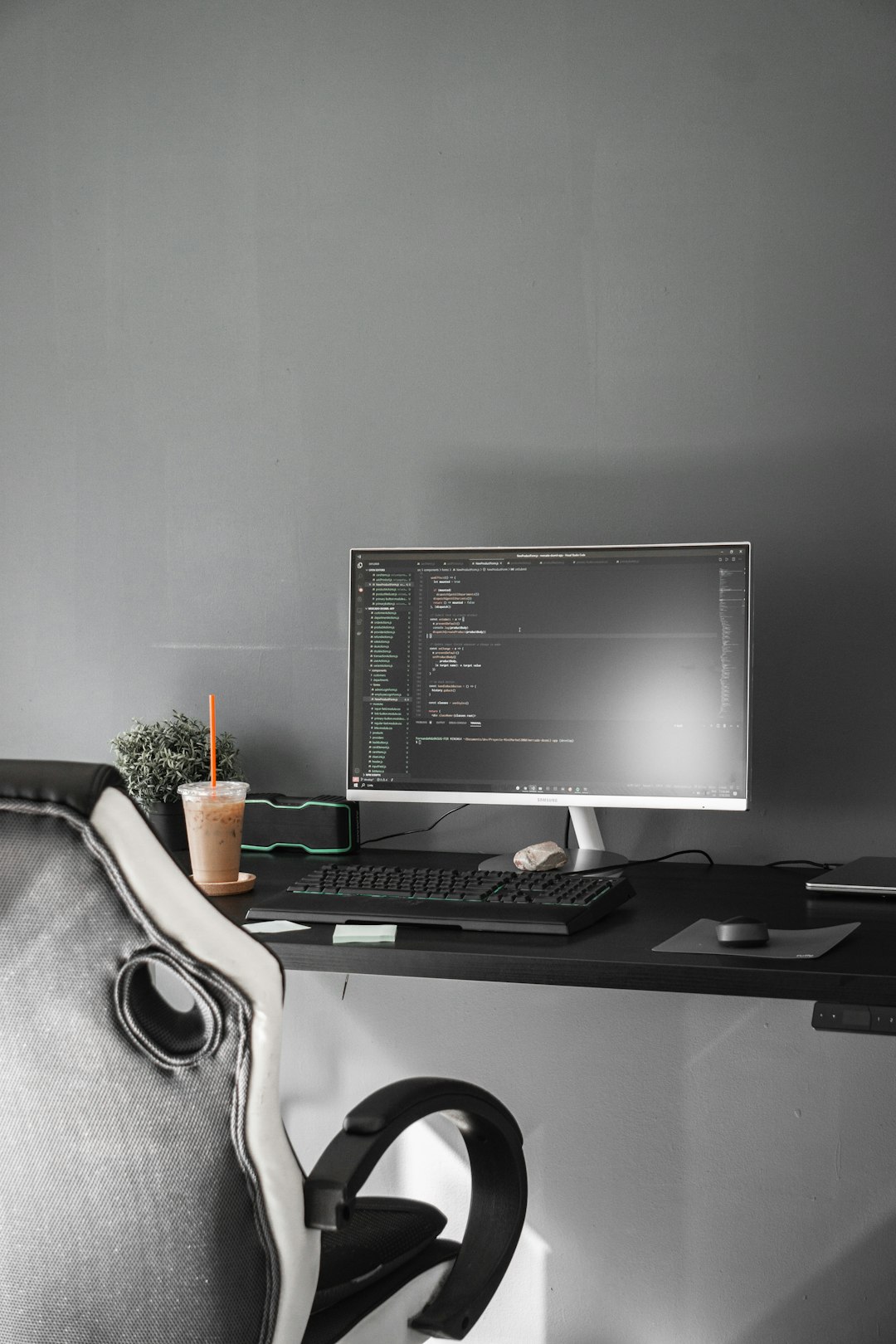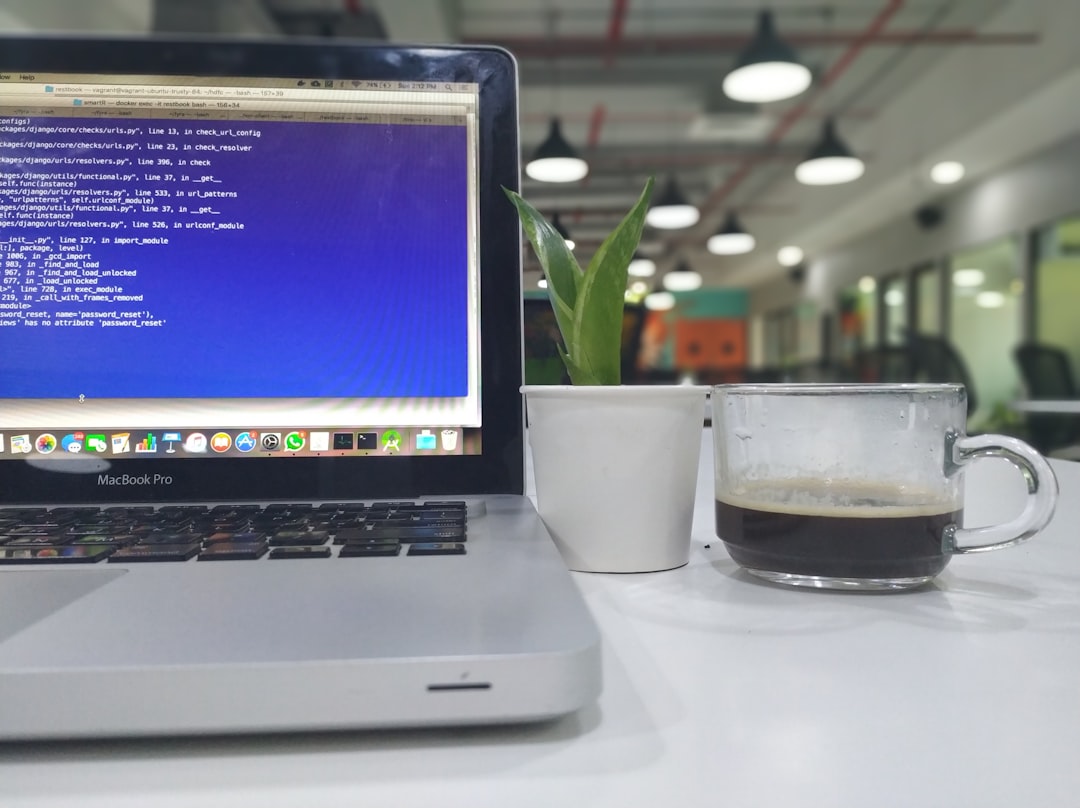In the vast, blocky universe of Minecraft, where players craft worlds and conquer survival missions, one element of personalization quietly stirs the creative spirit like no other—Minecraft skins. These custom pixelated outfits that adorn the player’s avatar may seem simple at first glance, but for those who dive into their creation, they often feel like performing delicate pixel surgery—an act of intricate, meditative artistry usually accompanied by an unlimited supply of coffee.
Behind every uniquely designed Minecraft skin lies a world of meticulous design choices, obsessive color tweaking, and an uncanny ability to stare at 64×64 grids without blinking. Creating skins is less about slapping colors on a template and more about refining an identity, one pixel at a time.
Contents of Post
The Anatomy of a Minecraft Skin
To understand why designing skins can feel like a technical procedure with artistic flair, it’s essential to start with what a Minecraft skin is. A standard player skin consists of a flat two-dimensional layout rendered over a 3D model. Each segment of the layout corresponds to a specific part of the body—head, torso, arms, and legs—on both the main layer and the hat or overlay layer.
These components form a cube-based representation that the player controls, meaning skin designers need to think in 3D while working with a 2D template. This requires not only artistic skills but also a spatial awareness similar to building architectural blueprints.
Key parts of any Minecraft skin include:
- Front and back of the head – Represents the face and hair, often the focal point for expression.
- Torso and arms – These carry the main clothing design and style decisions.
- Overlay layer – Used for hats, glasses, or armor-like effects, adding depth and dimension.
- Symmetry factors – Designers need to handle symmetry carefully, especially on arms and legs.
Put simply, it’s less like choosing an outfit and more like reconstructing a paper doll that springs to life in a pixelated world.
Why Pixel Placement Feels Like Surgery
What distinguishes Minecraft skin creation from other art forms is the resolution—unforgivingly small and packed with purpose. A single pixel misplaced can change an entire facial expression from happy to haunted, or transform a stylish hoodie into what looks like a historical tunic from the wrong century.
Precision is the name of the game. Many serious skin creators use external tools like Photoshop, Paint.NET, or specialized editor tools such as Skindex or NovaSkin. These provide grid overlays, live previews, and color blending options that assist the creator in achieving microscopic detail in a miniscule space.
This process often leads to:
- Zooming in hundreds of times to ensure perfect edge alignment.
- Switching between 2D and 3D preview constantly to check how pixels render on folded surfaces.
- Layer management for differentiating base design from accessories or shading.
Like surgeons delicately working on microstructures, skin creators manipulate single pixels to craft exact details such as glowing eyes, shadow creases on clothes, or the subtle fade of a gradient hoodie. This level of care is rarely seen in other fandoms with more forgiving design canvases.
The Role of Inspiration (and Copious Coffee)
Great Minecraft skins rarely happen by accident. Like any creative endeavor, they are often inspired by outside sources—pop culture icons, animals, mythical creatures, or even abstract concepts. Turning these inspirations into something that fits within the Minecraft template, while still being visually striking, is part of the challenge and joy.
This is where the infinite coffee metaphor begins. Much like late-night coders or novel writers, skin creators often find themselves in a loop of trial and error that eats up hours and doses of caffeine. One shade may look perfect on the palette but appear too harsh on the character model. A design concept that seemed elegant on paper might become unintelligible when folded over a cubic elbow.
Image not found in postmeta
The feedback loop goes something like this:
- Sketch an idea on a blank template.
- Export and load into Minecraft or a skin viewer.
- Realize it looks wrong on the left arm.
- Zoom in. Adjust 4 pixels.
- Zoom out. Drink coffee. Test again.
- Repeat until dawn.
This addictive micro-editing process leads to what some creators refer to as a “flow state.” It may sound tedious to the uninitiated, but for skin artists, it’s an immersive and rewarding design experience.
The Balance Between Creative Freedom and Format Constraints
Part of what makes skin design so intriguing is the duality between artistic freedom and strict formatting. With only a limited number of pixels to convey depth, personality, and texture, creators must work with intentionality.
It becomes less about creating photorealistic representations and more about using visual hints. Does your character wear a belt? A few brown pixels suggest it. Do they have a torn sleeve? Create that rugged look using asymmetrical arm pixels. This translation dance between idea and execution is what elevates Minecraft skins from simple sprites to wearable stories.
Image not found in postmetaThe Evolving Tools and Community Standards
As with every form of digital expression, the skin-making community has evolved. Tools are more accessible. Templates are more intuitive. There are resources galore—color-matching guides, tutorials, and videos analyzing shading techniques best suited for Minecraft’s lighting engine. This democratization has helped grow a vibrant ecosystem of creators who share and remix ideas, ranging from hyper-realistic armor sets to whimsical rainbow creatures.
In this thriving scene, originality is currency. Many creators intentionally avoid copying ideas or templates, priding themselves on wholly custom works, sometimes tied to role-play servers or YouTube personas. This professionalization has given way to commissions, where skin artists craft bespoke avatars for players who want a distinct look representing their virtual identity.
Why It Matters
At first glance, it may be easy to dismiss Minecraft skins as superficial accessories. Yet in a game driven by player agency, where you construct environments, tackle enemies, and explore endless worlds, the avatar becomes an inseparable extension of identity. It’s how you’re seen by others—and more importantly, how you see yourself.
Creating a skin that reflects your mood, your fandoms, or even an aspirational version of yourself can be a way of anchoring into the world. It’s not just about fashion—it’s about self-expression through a limited palette, a constraint that paradoxically opens the gates to extraordinary creativity.
A Final Thought on the Joy of Tiny Pixel Surgery
There’s a certain irony in how this allegedly simple customization option captures the hearts of creators across age groups and backgrounds. With its pixel-by-pixel design demands and endless possibilities, Minecraft skin creation is like embarking on a journey. It’s fiddly, time-consuming, and yes—highly caffeinated.
Yet for those who embrace the process, there’s genuine satisfaction in every small detail added. Whether it’s the glint in an eye, the curve of a checkerboard shoe, or the subtle shade on the back of the head, each detail converges to say, “This is me. This is mine.”
Creating Minecraft skins might look like tiny pixel surgery—with infinite coffee—but it’s also a profound form of artistic play. A ritual. A craft. And above all, an ever-evolving digital self-portrait in the most unexpected of places: the sandbox world of Minecraft.

